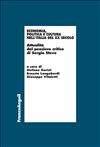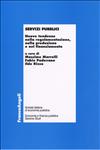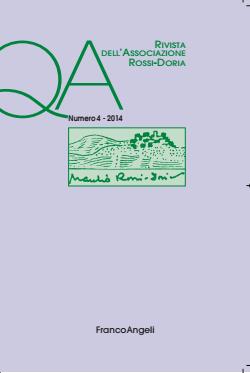The necessity of considering, within incentive (price cap) regulation mechanism, the profitability of regulated firms narrows the distance between incentive regulation and cost reimbursement (rate-of-return) regulation. It gives rise also to issues of circularity between allowed prices and value of the firm and to possible distortions in the investment decisions of the regulated firms. With price cap regulation, in fact, the definition of an allowed (regulatory) asset base is functional to determining the «appropriate
» rate of return on capital and, thus, the allowed level of profitability of the regulated utility: at the beginning of each regulatory lag, the initial price and X value must be determined in order to ensure the remuneration of all factors of production, included the capital invested. However, the exact definition and measurement criteria of the regulatory asset base is, perhaps, the aspect of the regulatory system which has raised the most debate among regulators, utilities and academics, both in European and non-European countries. The regulatory accounting systems adopted in order to determine the value of the capital invested in regulated utilities are based on different approaches and the solutions vary widely not only among different countries, but also, within the same country, between regulatory authorities. The aim of the paper is to review ongoing experiences with regard to use and calculation of the regulatory asset base within incentive regulation. The work will focus on the main characteristics of the regulatory accounting systems relating to asset evaluation
adopted in different countries: it will consider available alternatives, emerging trends (if any) and, through a benchmark analysis, comparative performances.






